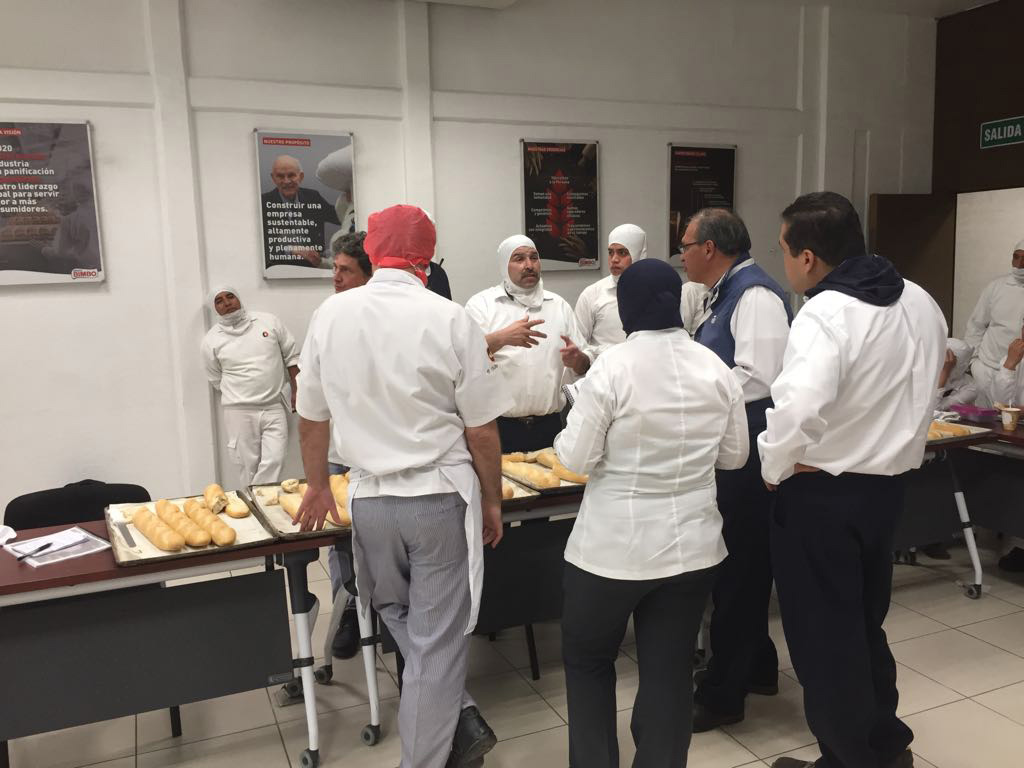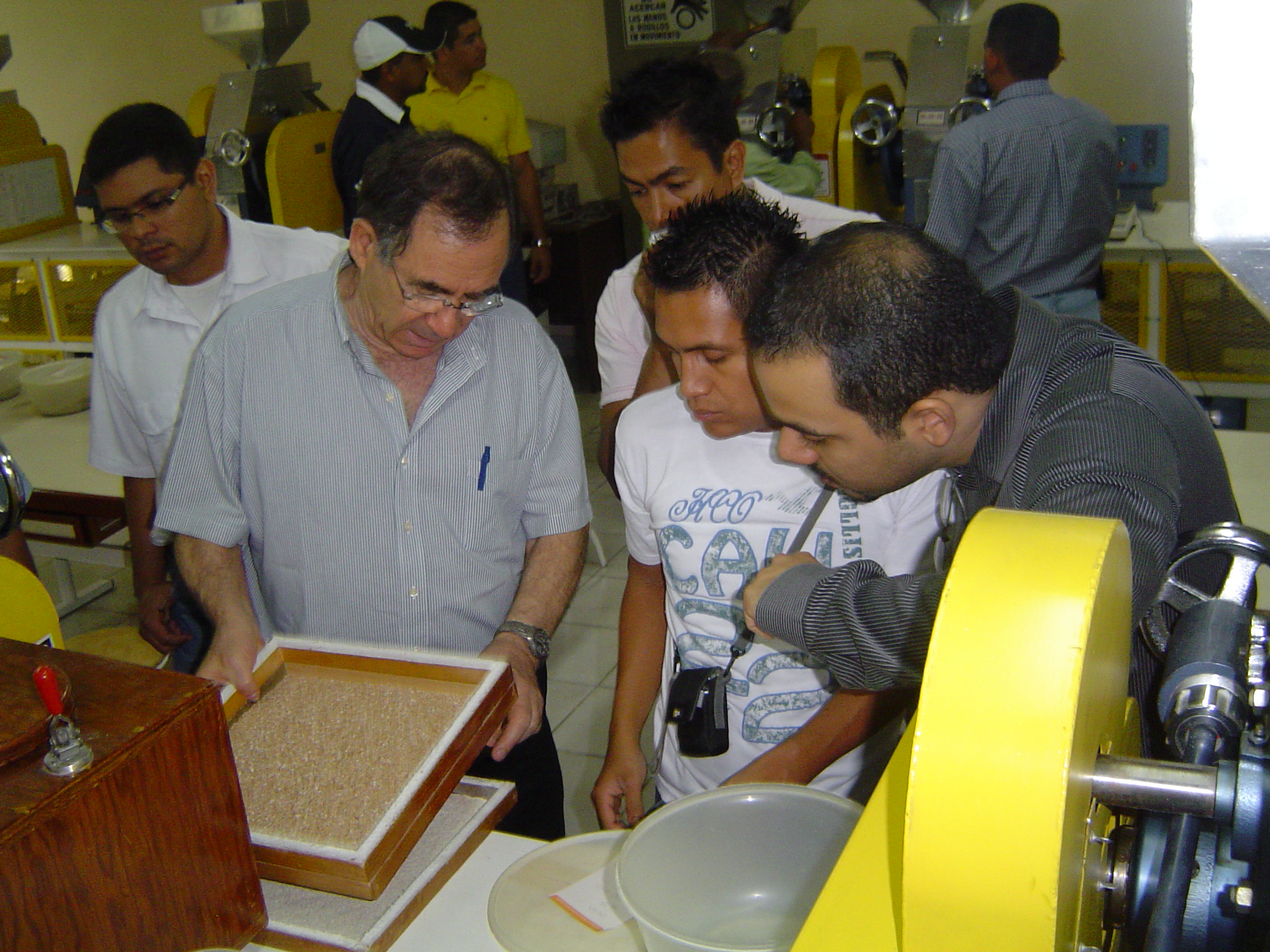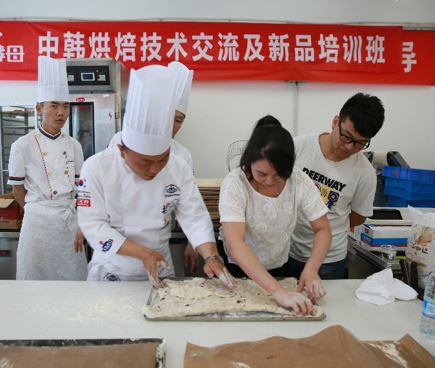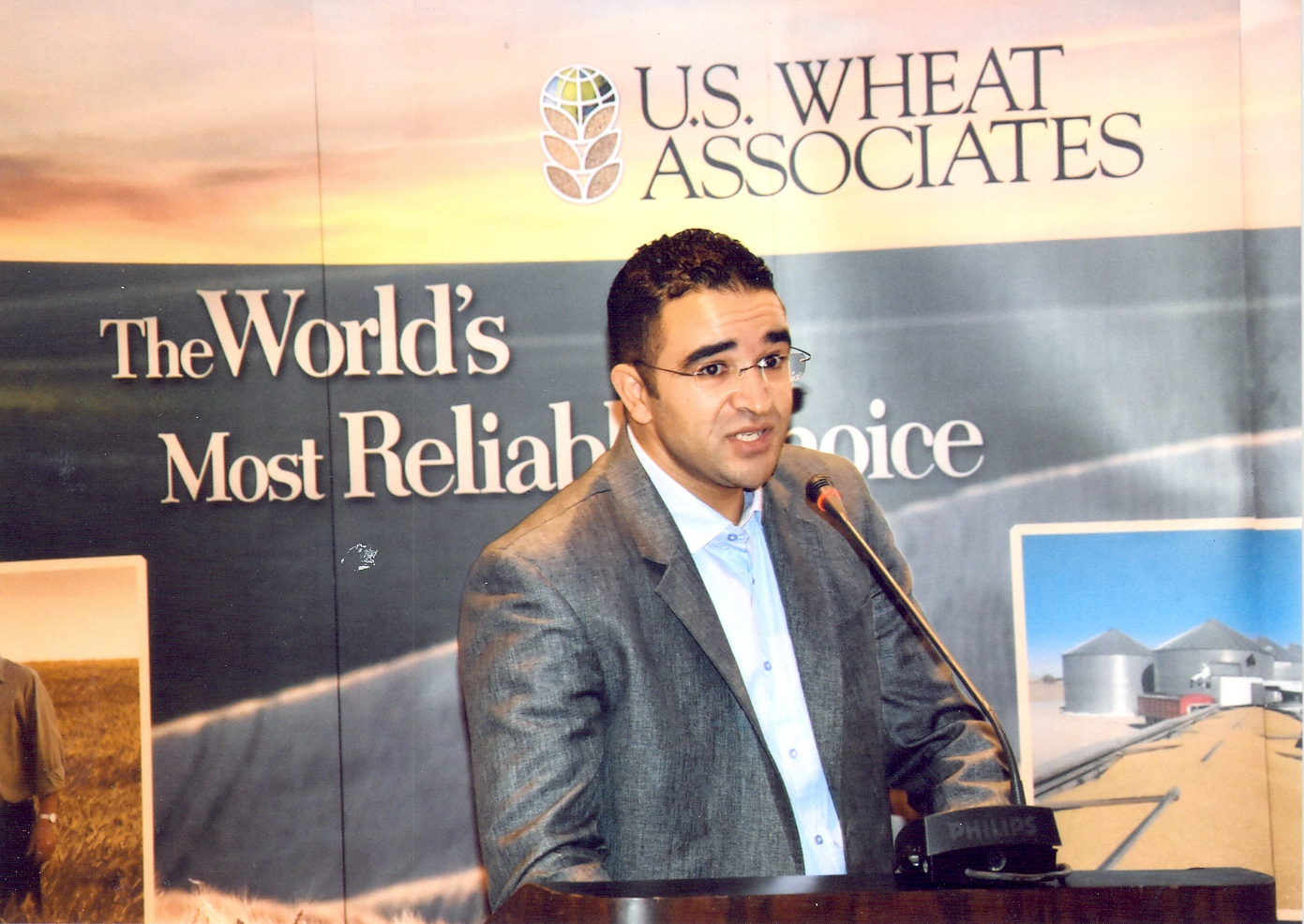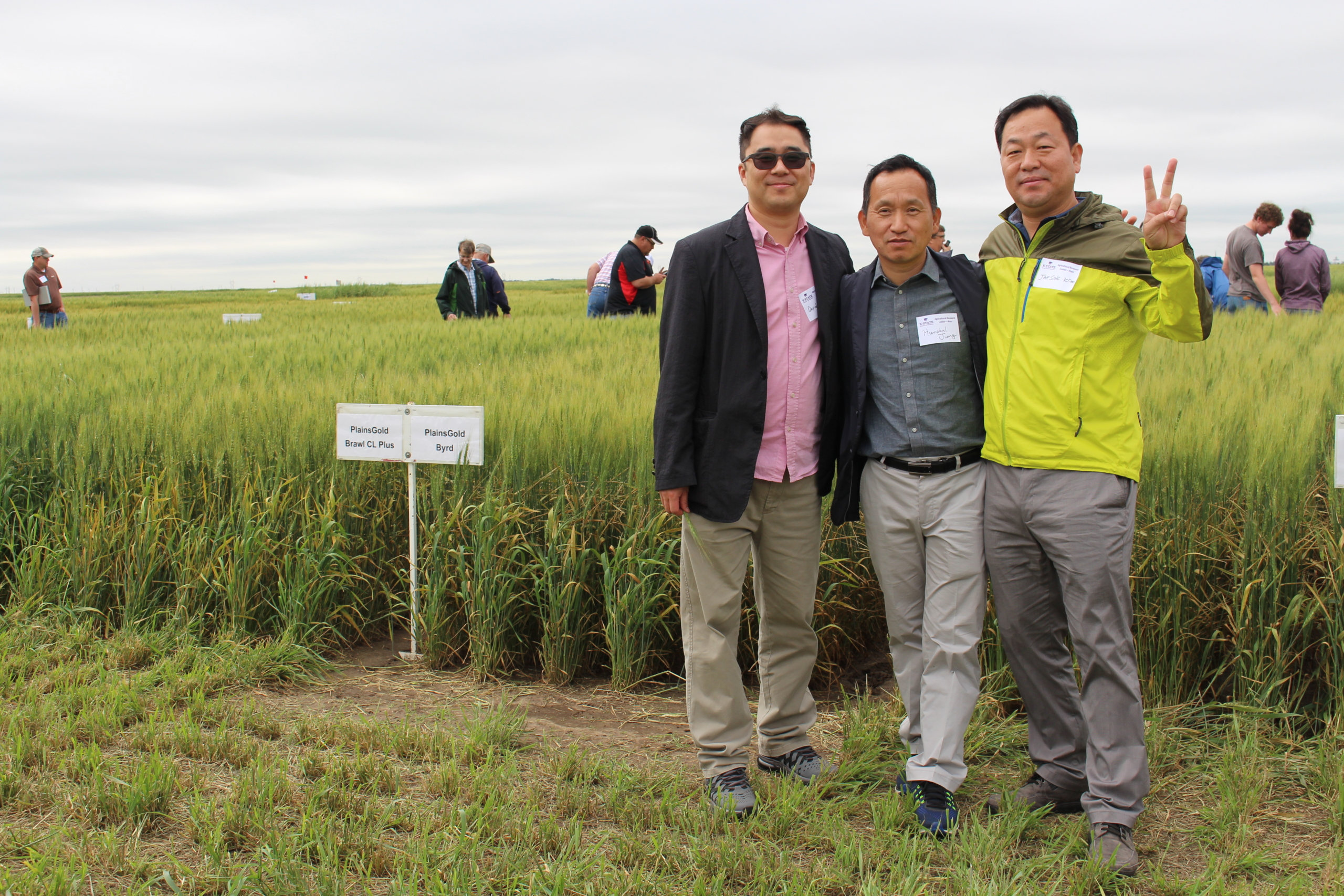U.S. Wheat Associates (USW) represents the interests of U.S. wheat farmers in international markets. As it does with all U.S. wheat importing customers, USW focuses on helping Mexico’s buyers, millers and food processors solve problems or increase their business opportunities with U.S. wheat classes. This effort, supported by wheat farmers and the partnership with the Market Access Program (MAP) and Foreign Market Development (FMD) program, has fostered a productive relationship that has endured for decades through many challenges. More than 22 years of duty free access to the Mexican market under the North American Free Trade Agreement (NAFTA) certainly helped build the relationship.
Mexico is one of the largest U.S. wheat buyers in the world, importing just under 3.0 million metric tons (MMT) on average going back many years. Not in marketing year 2016/17, however. As of May 18, 2017, Mexico’s flour millers had imported more than 3.3 MMT of U.S. wheat, which is more than any other country. That volume is up 39 percent over last year at the same time.
Breaking down their purchases by class, flour millers in Mexico generate strong demand for U.S. hard red winter (HRW) wheat. In 2015/16, they were the leading HRW importers and are taking advantage of the favorable prices and high quality of the 2016/17 HRW crop. At a current volume of about 2.0 MMT, they have imported 79 percent more HRW this year and again lead buyers of that class. The association representing Mexican flour millers says a rising number of industrial bakeries, along with traditional artisanal bakeries, account for about 70 percent of the country’s wheat consumption. That puts HRW producers in a good position to meet that demand. Being closer to HRW production and having a highly functioning ability to import a large share of HRW directly via rail and duty free from the Plains states is an advantage for Mexico’s buyers.
In addition, Mexico is home to Bimbo, the world’s largest baked goods company, and an increasing number of cookie and cracker companies. The functional properties of U.S. soft red winter wheat (SRW) is well suited to the production of cookies, crackers and pastries, and serves as an excellent blending wheat. Millers supplying this growing market imported an average of 1.2 MMT of SRW between 2011/12 and 2015/16. With imports from the Gulf of more than 1.0 MMT of SRW in 2016/17, Mexico was the top buyer of SRW again. USW and state wheat commissions from the PNW are also helping demonstrate how millers and bakers can reduce input costs by using U.S. soft white (SW) as a blending wheat for specialty flour products.
The successful story of how U.S. wheat farmers and their customers in Mexico have worked together in a mutually beneficial way and, for now, U.S. wheat continues to flow to our customers in Mexico.

